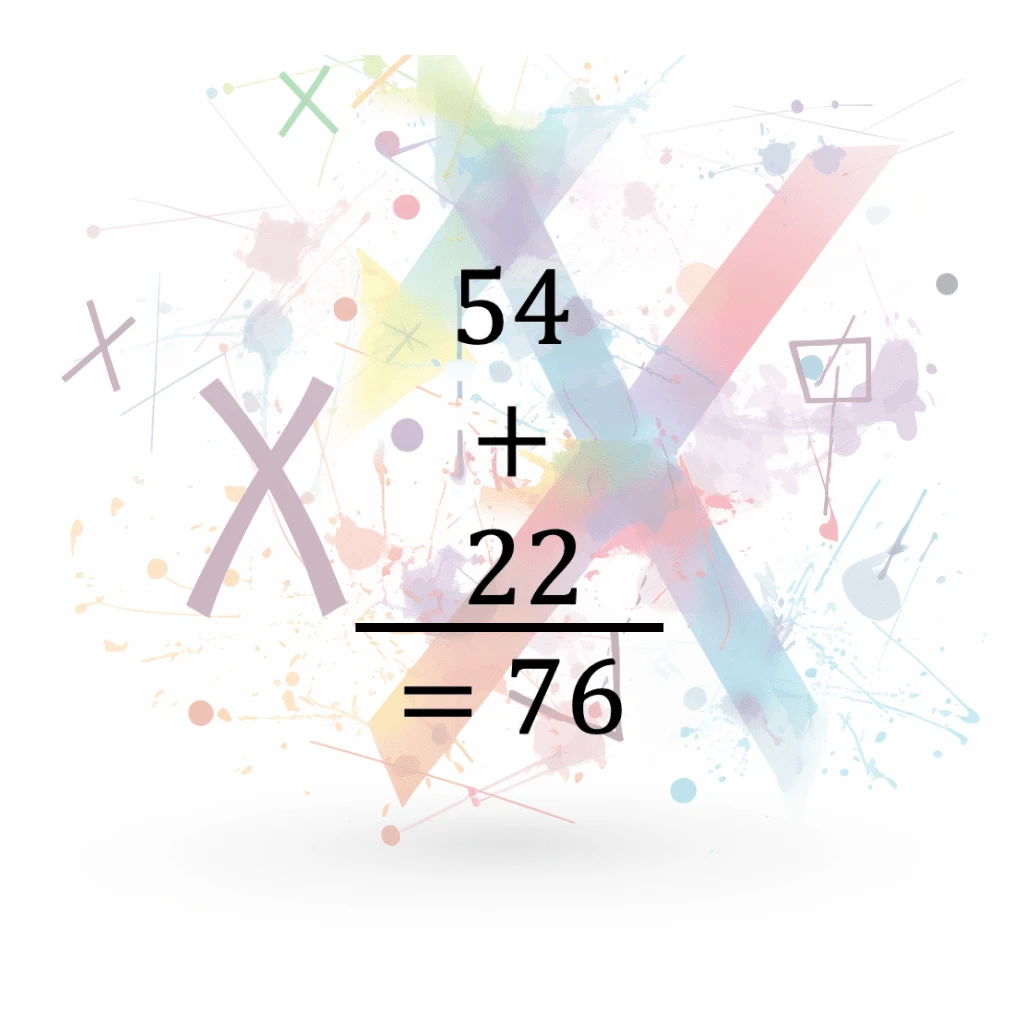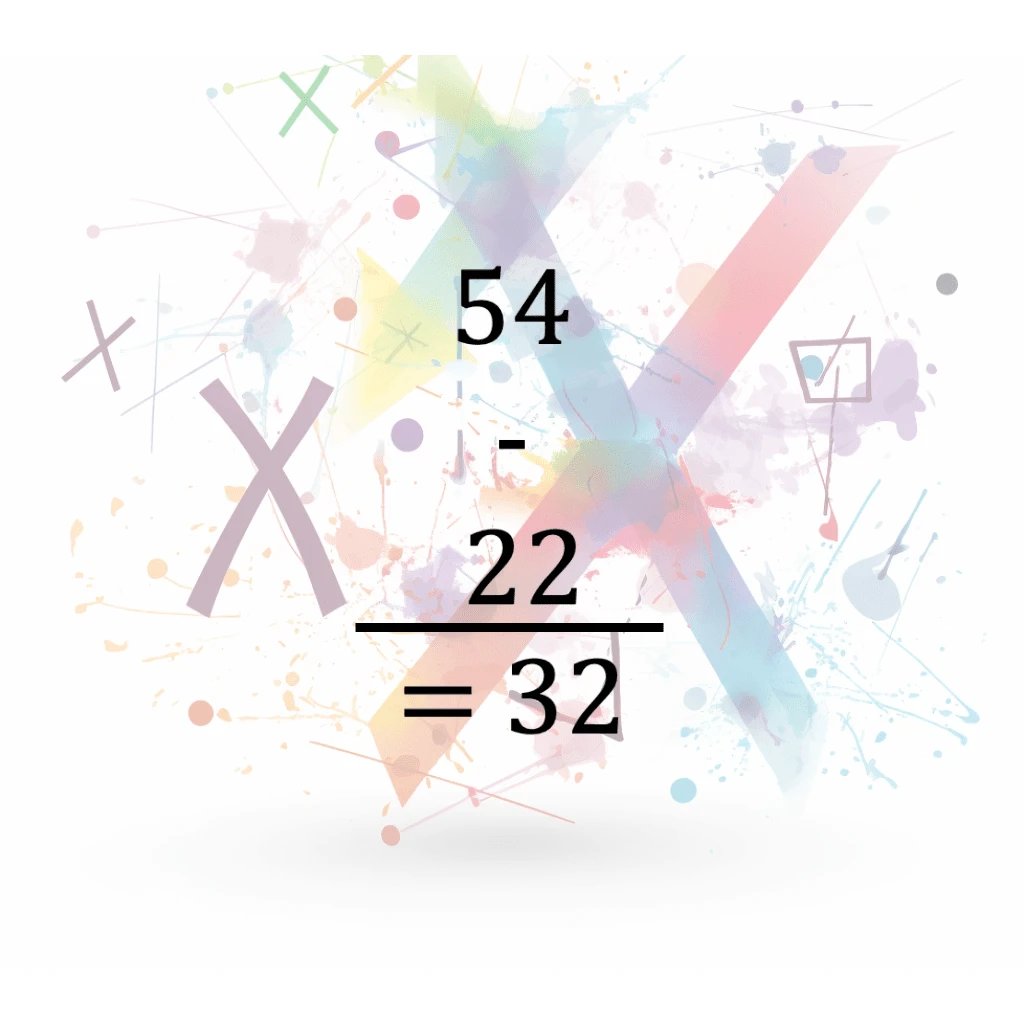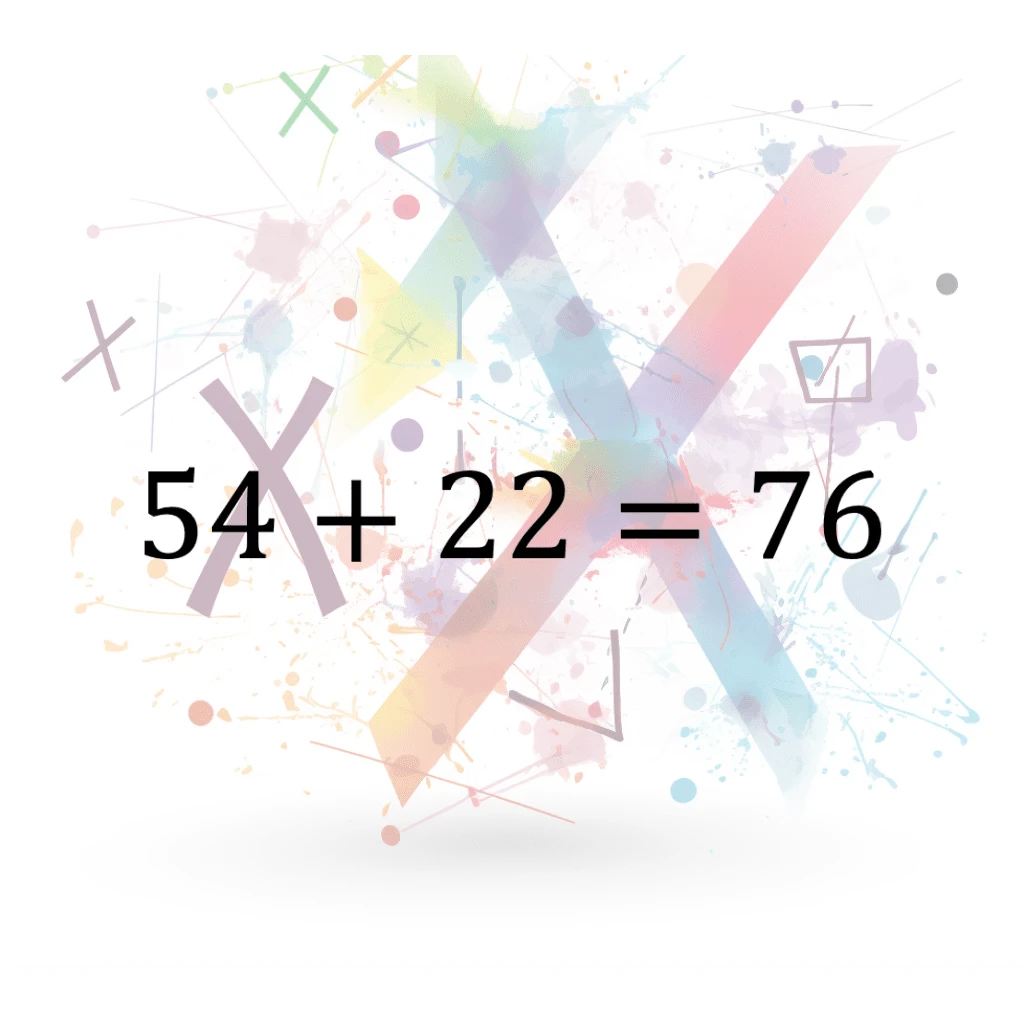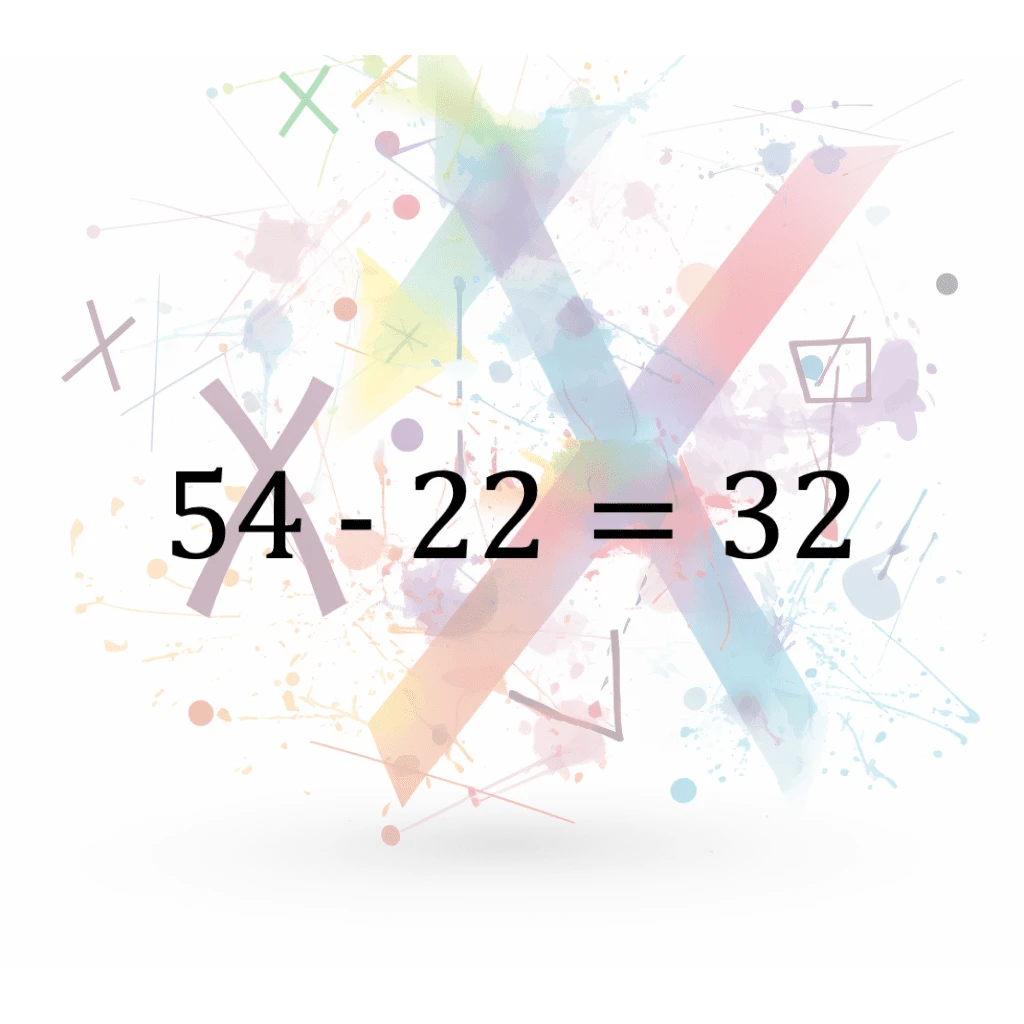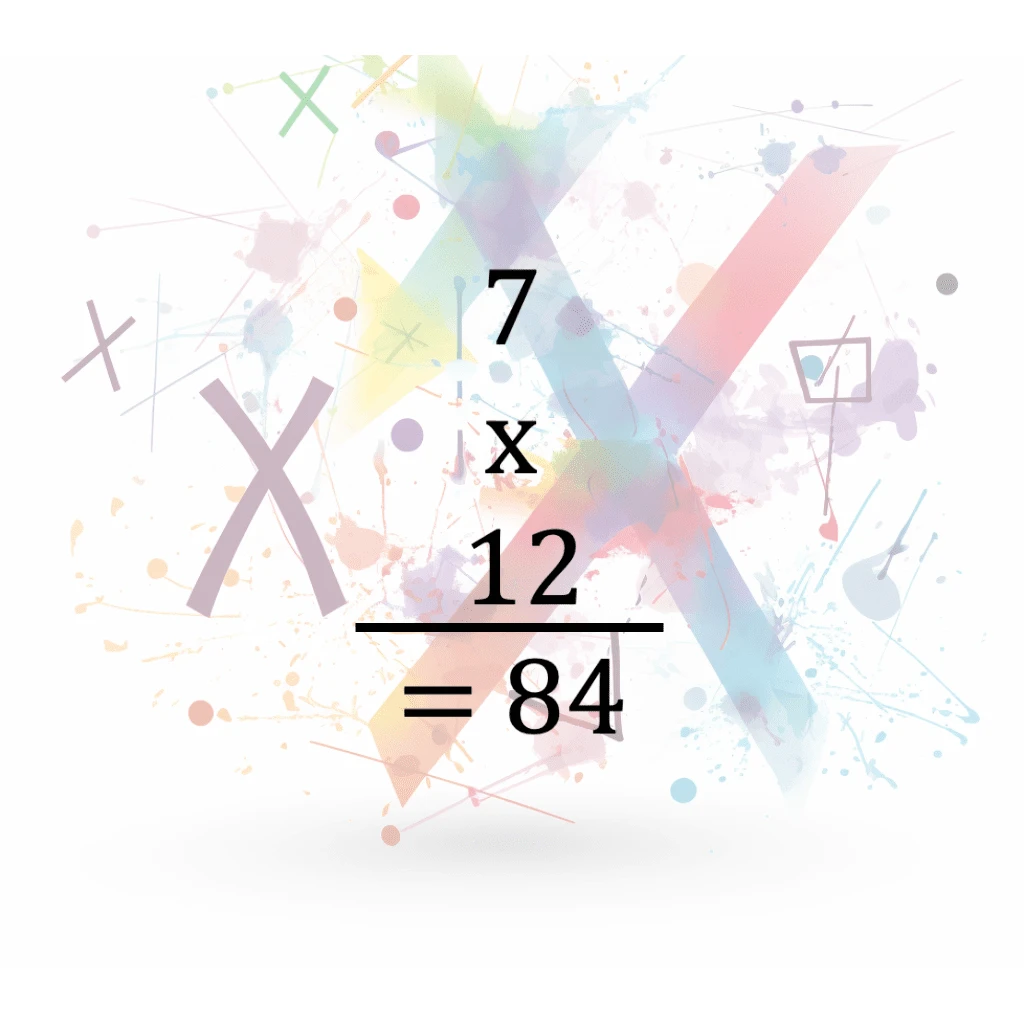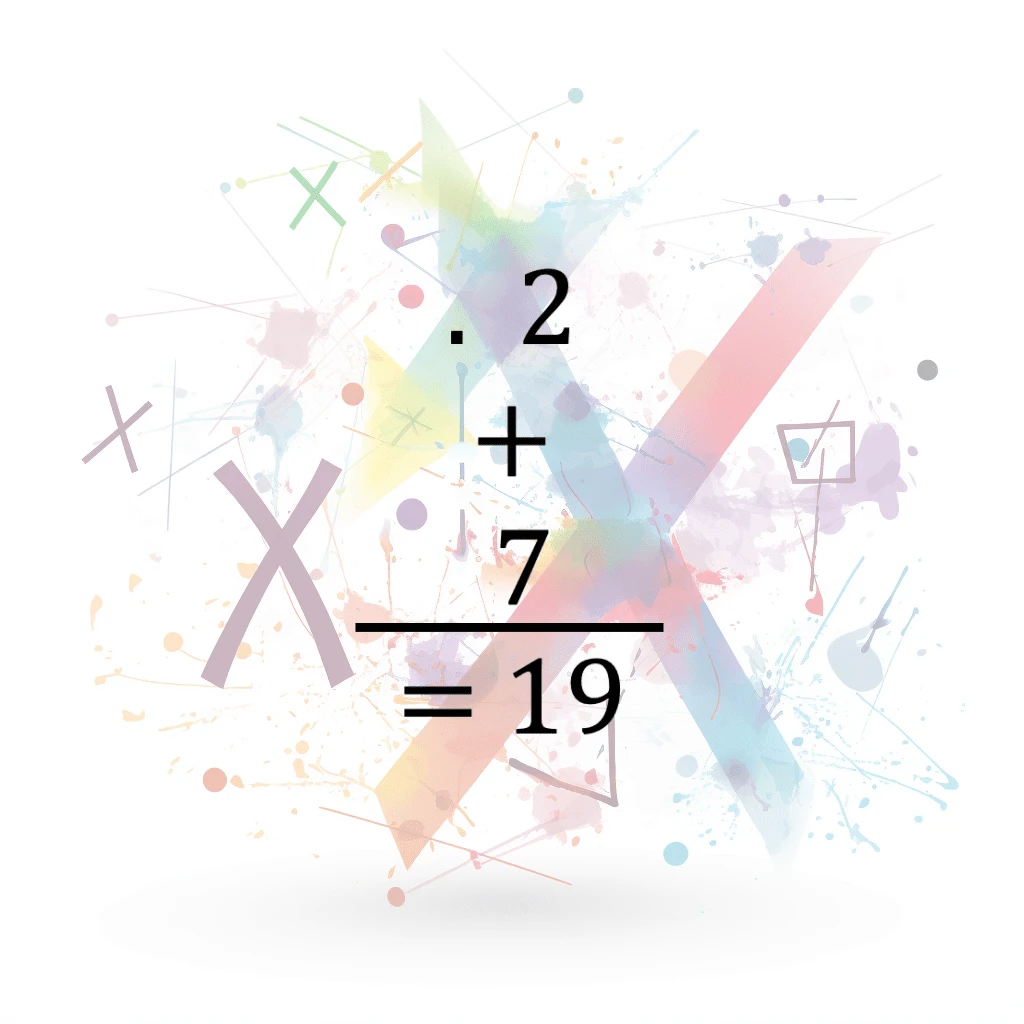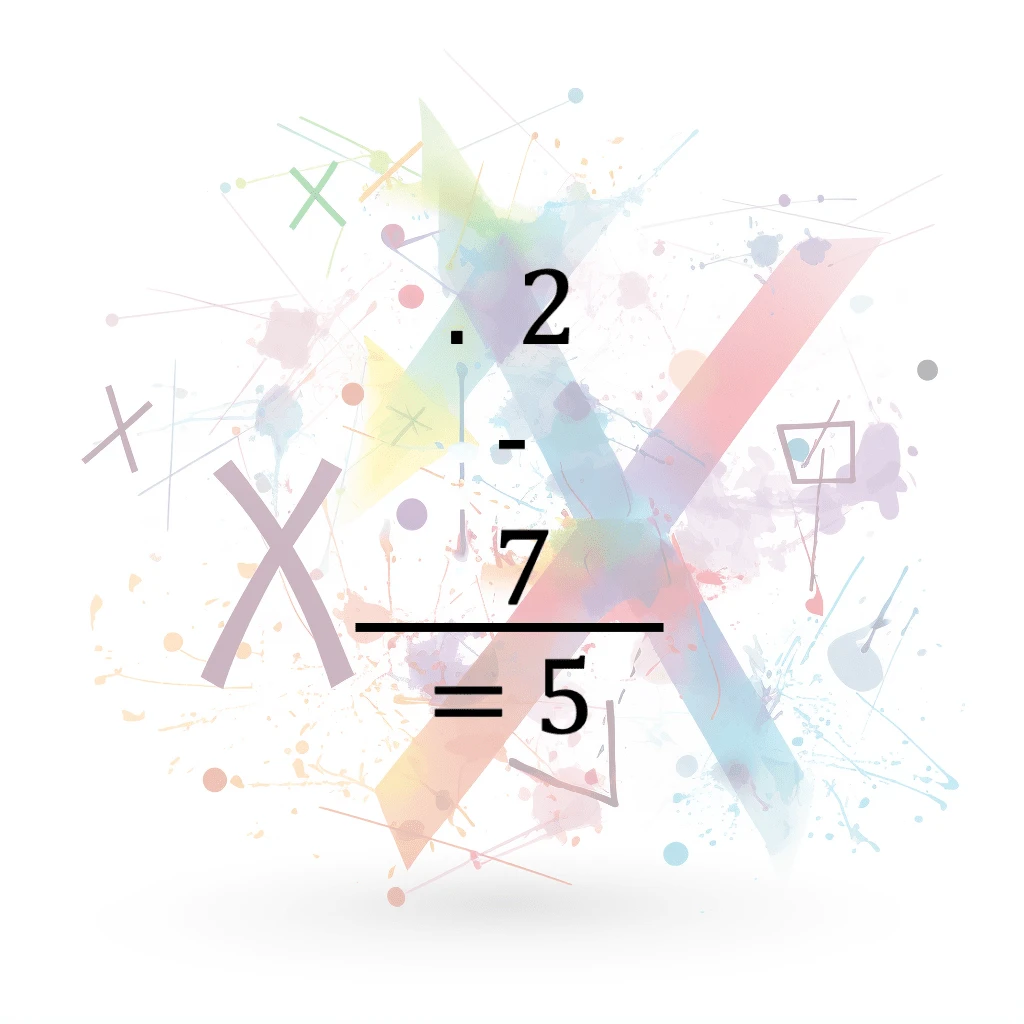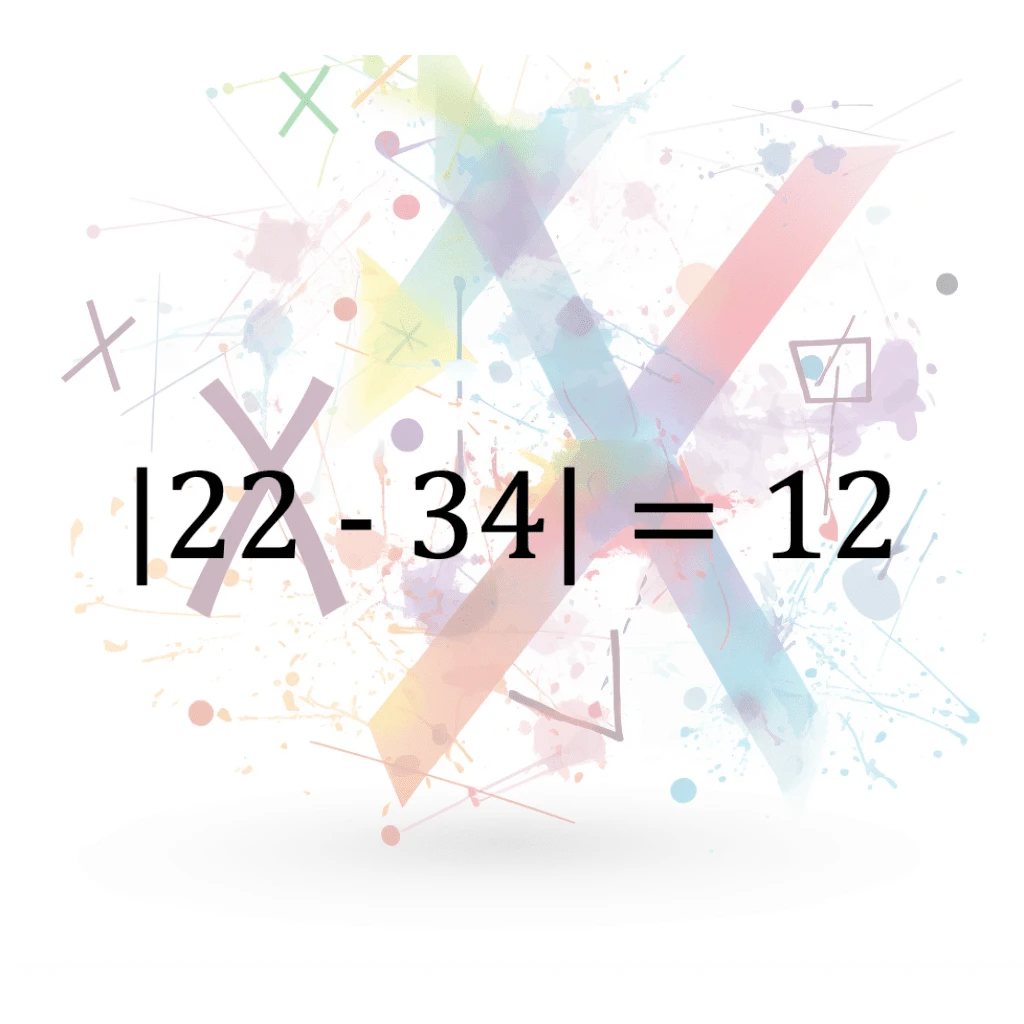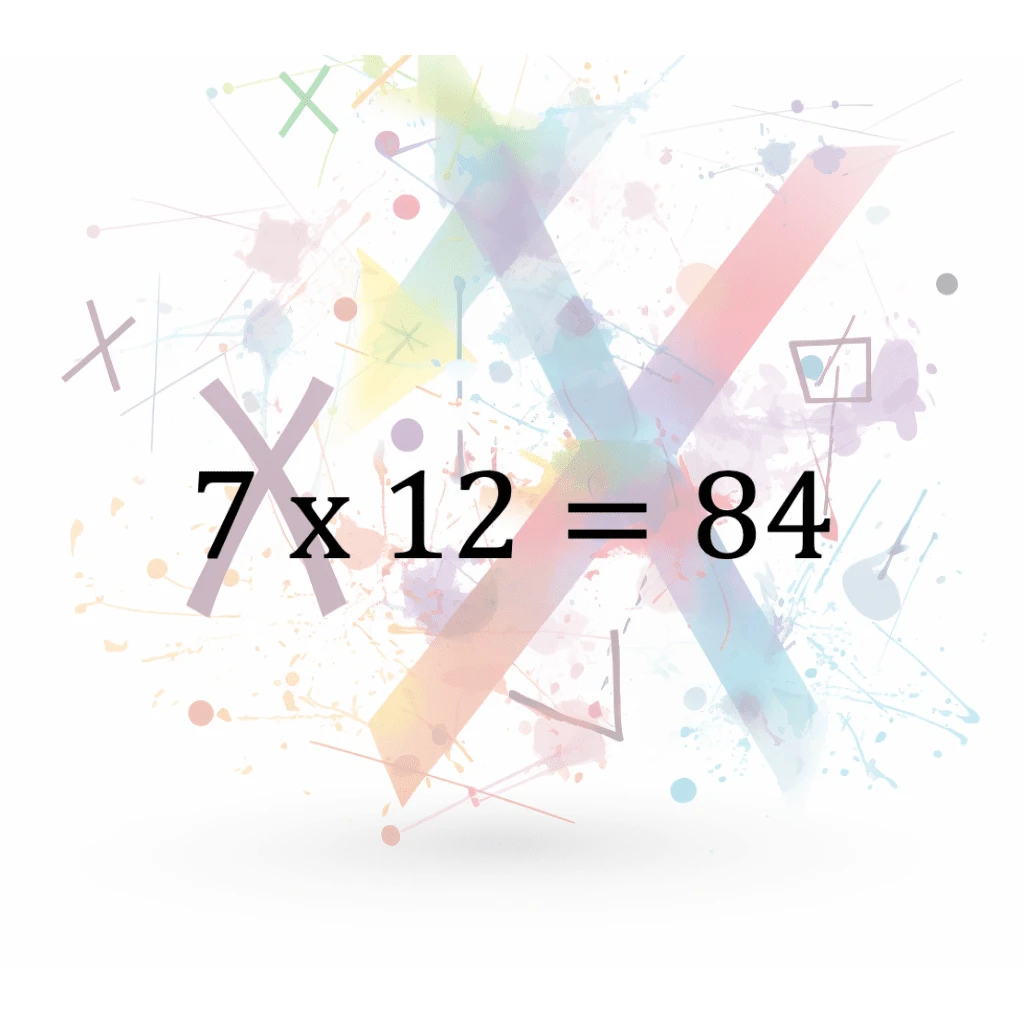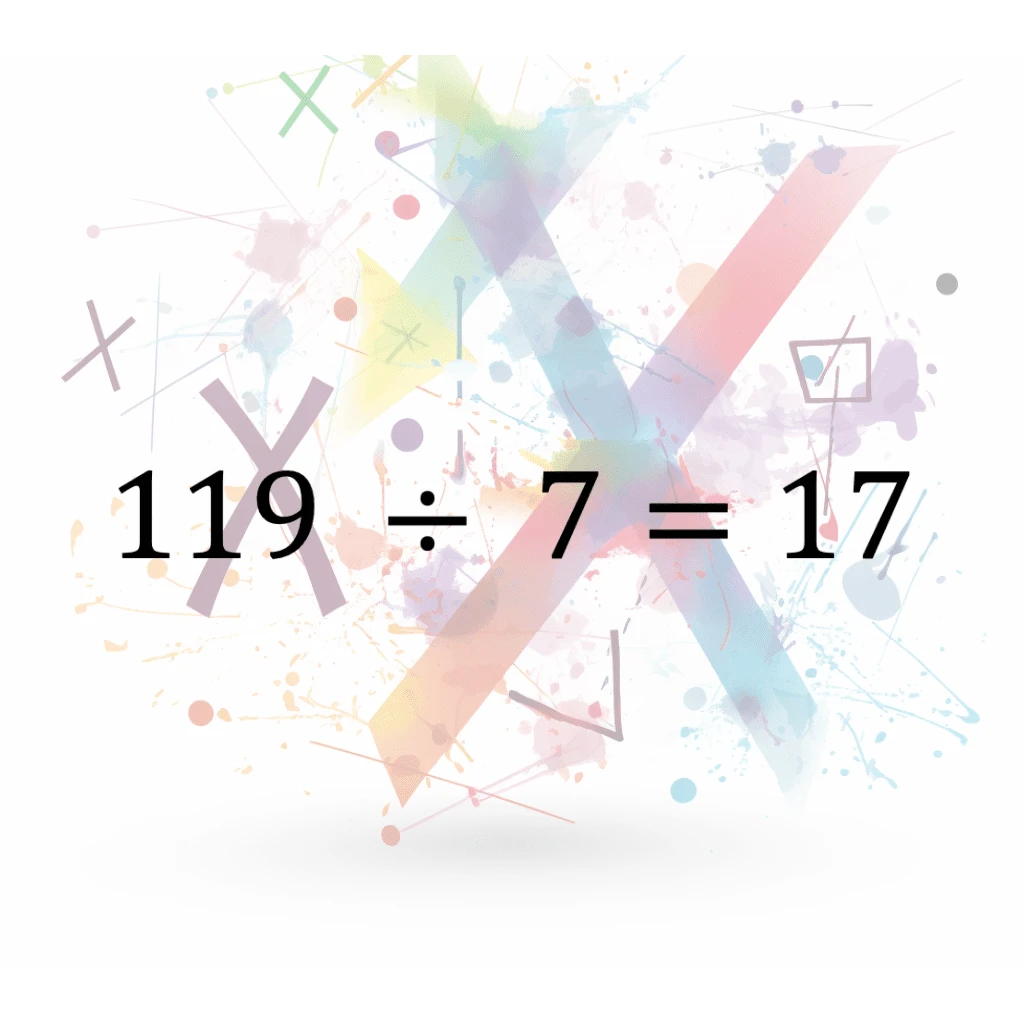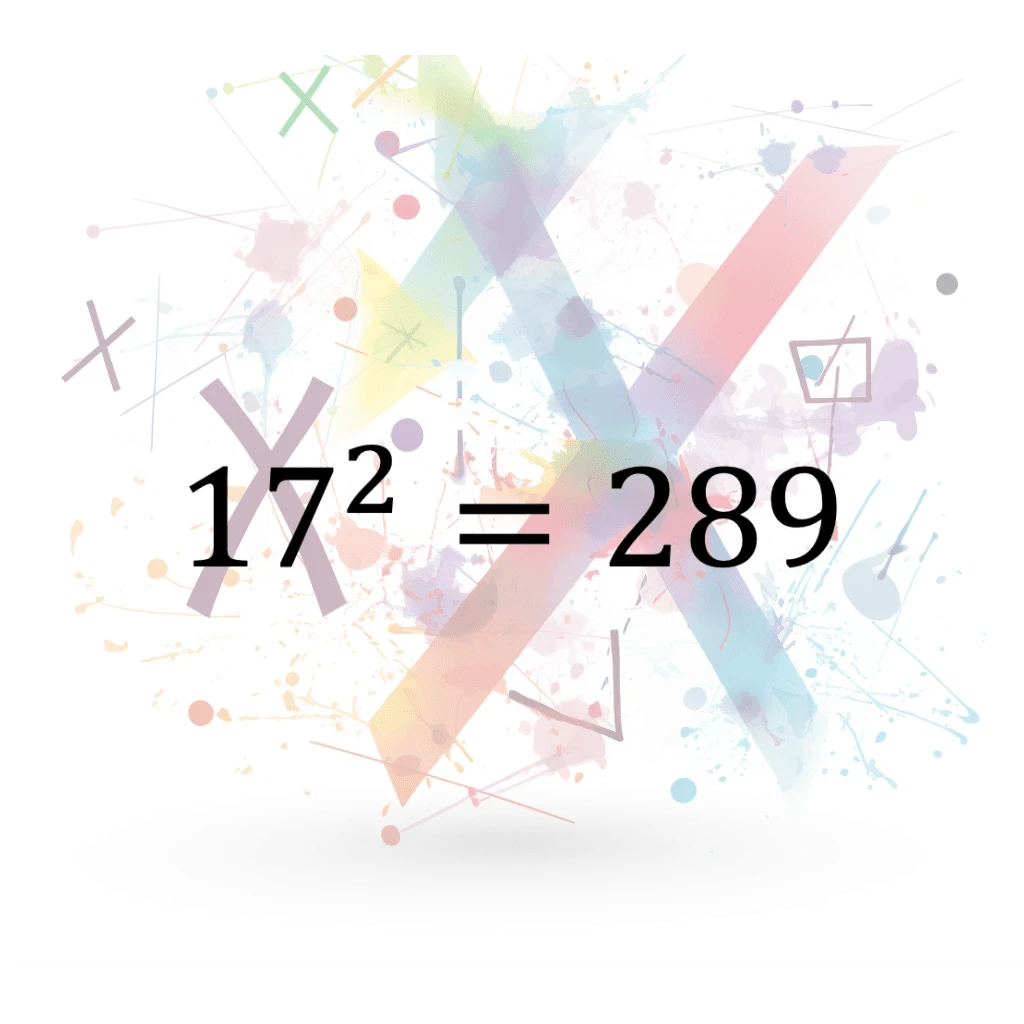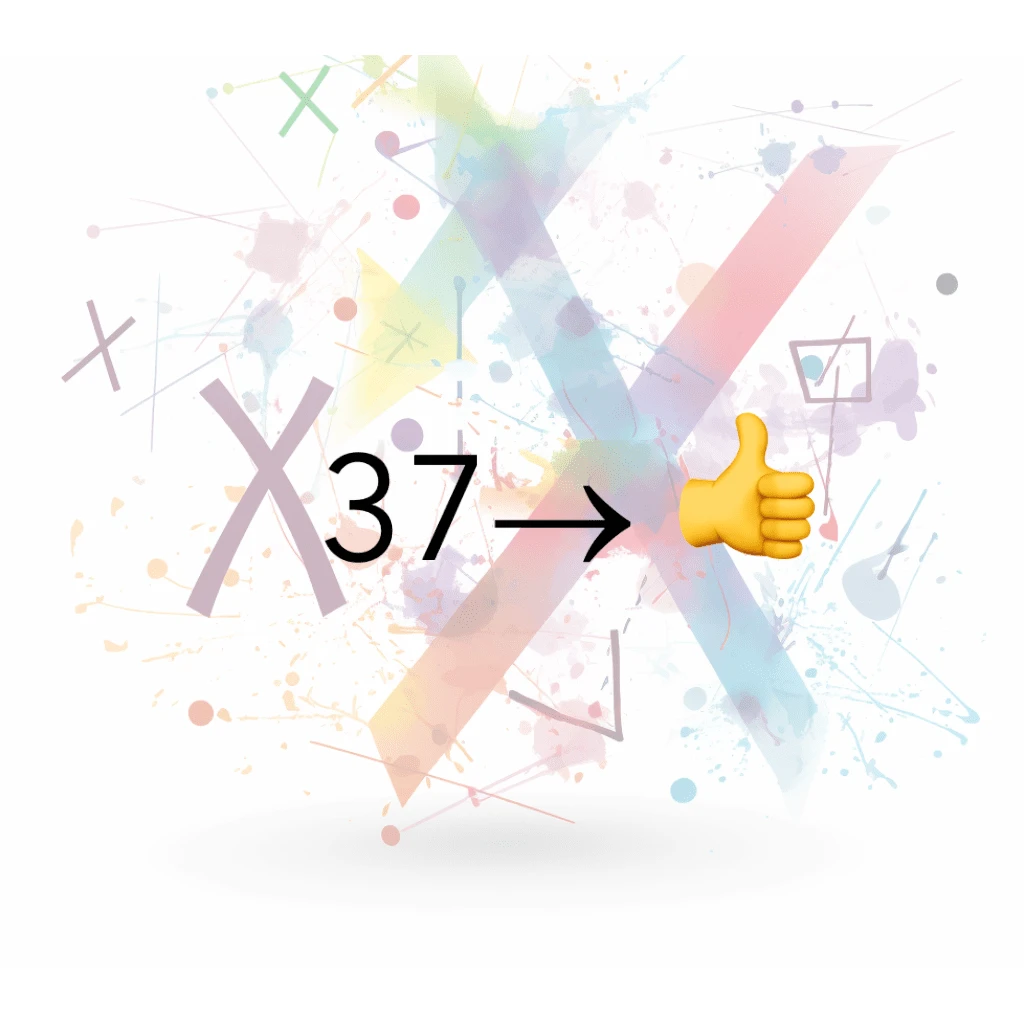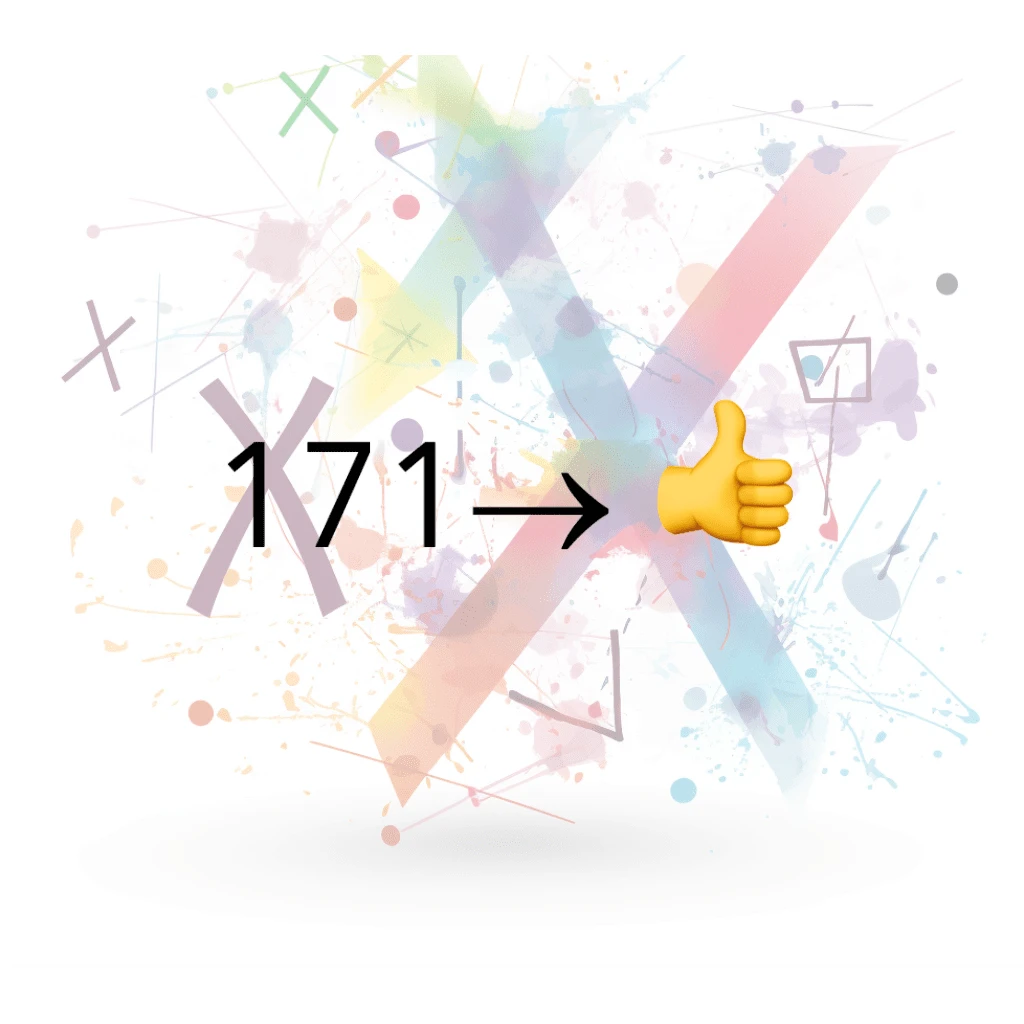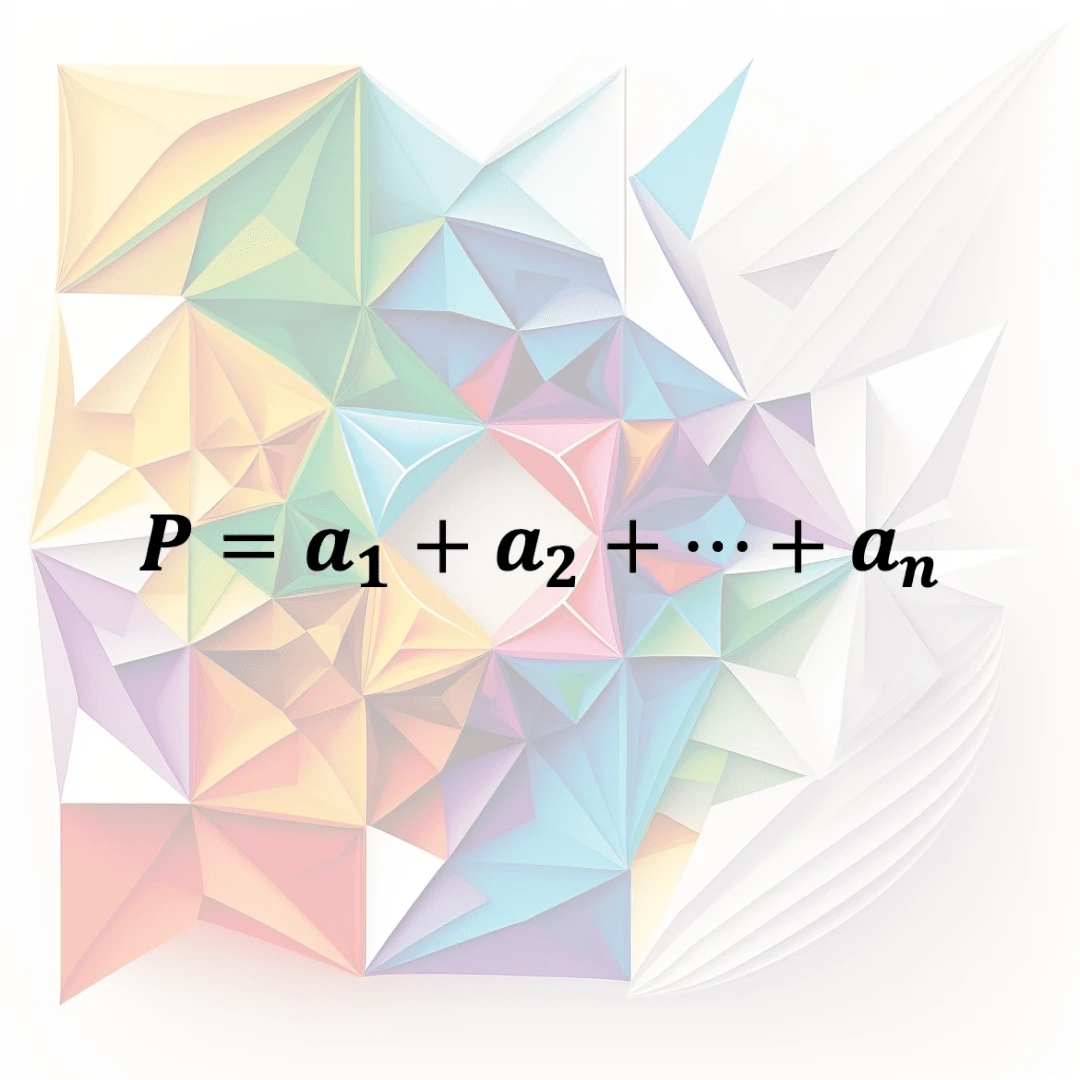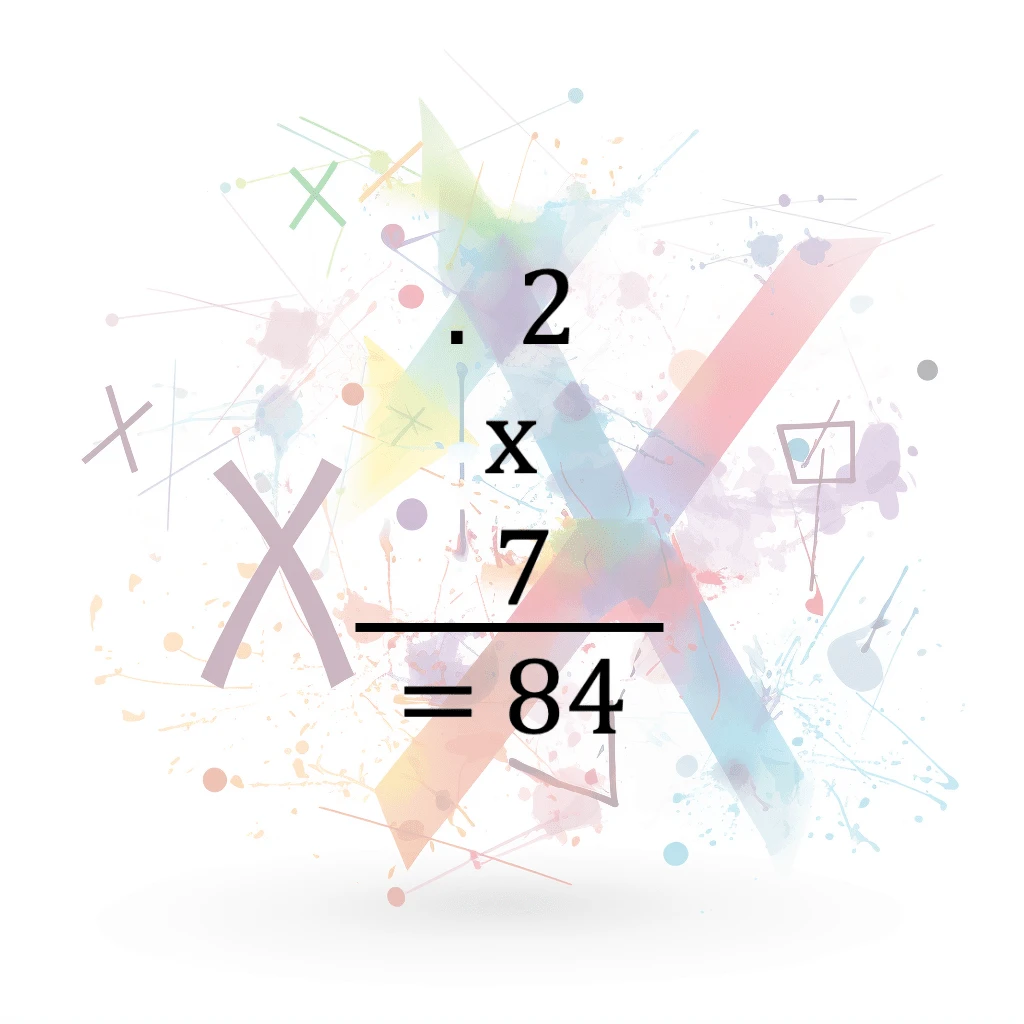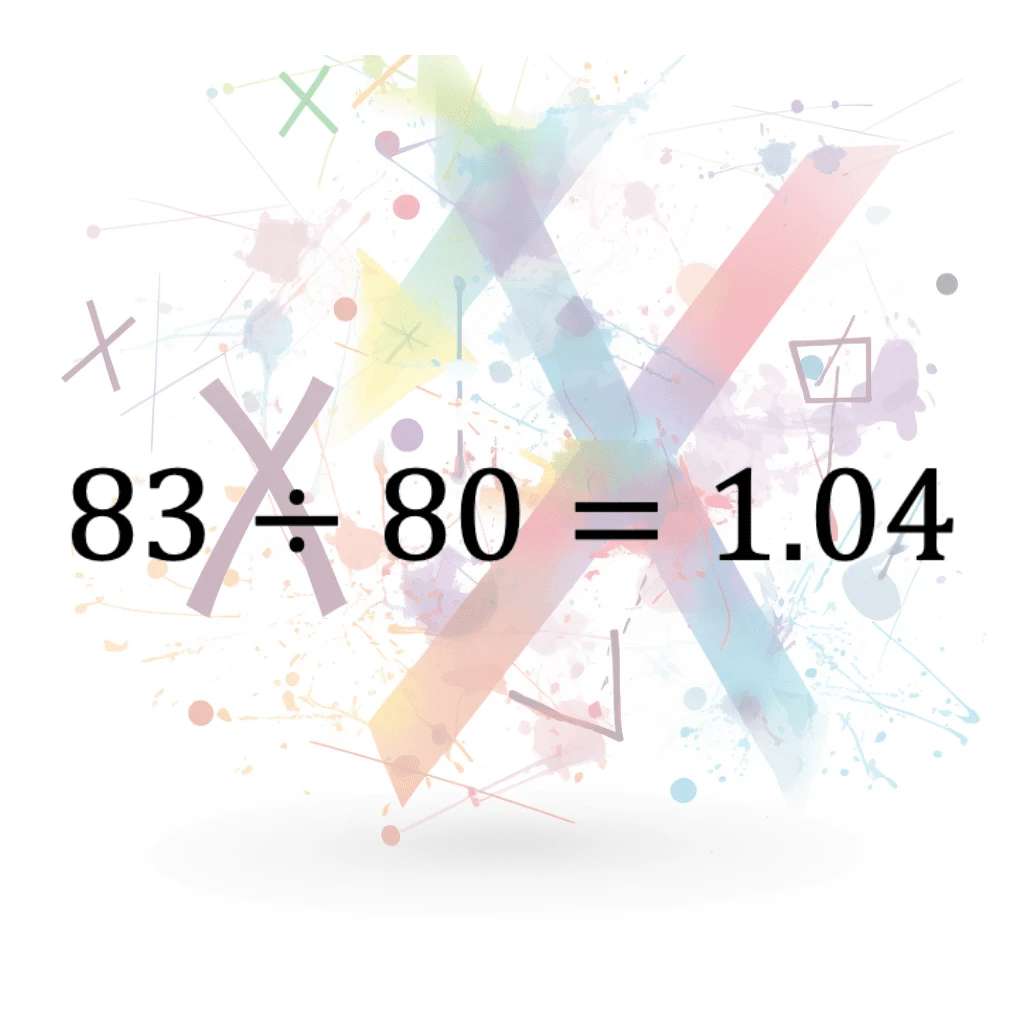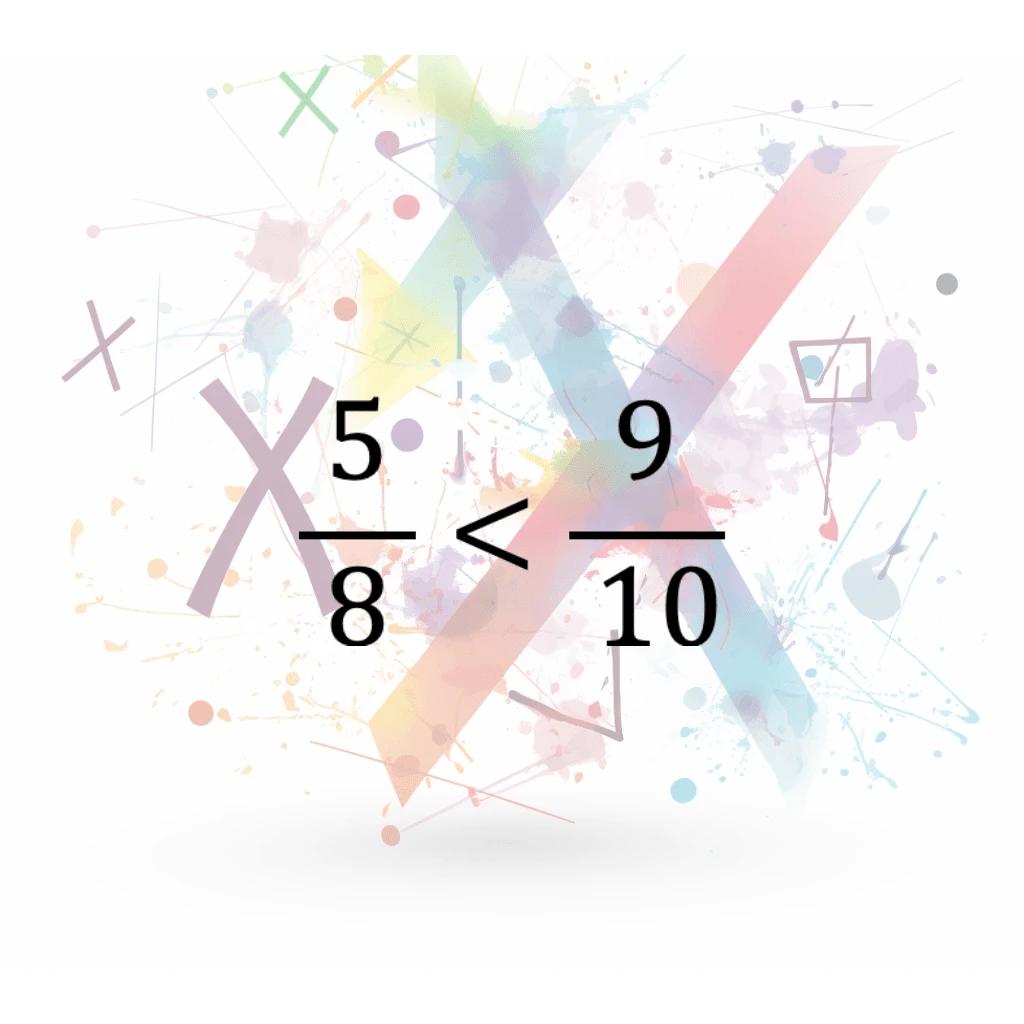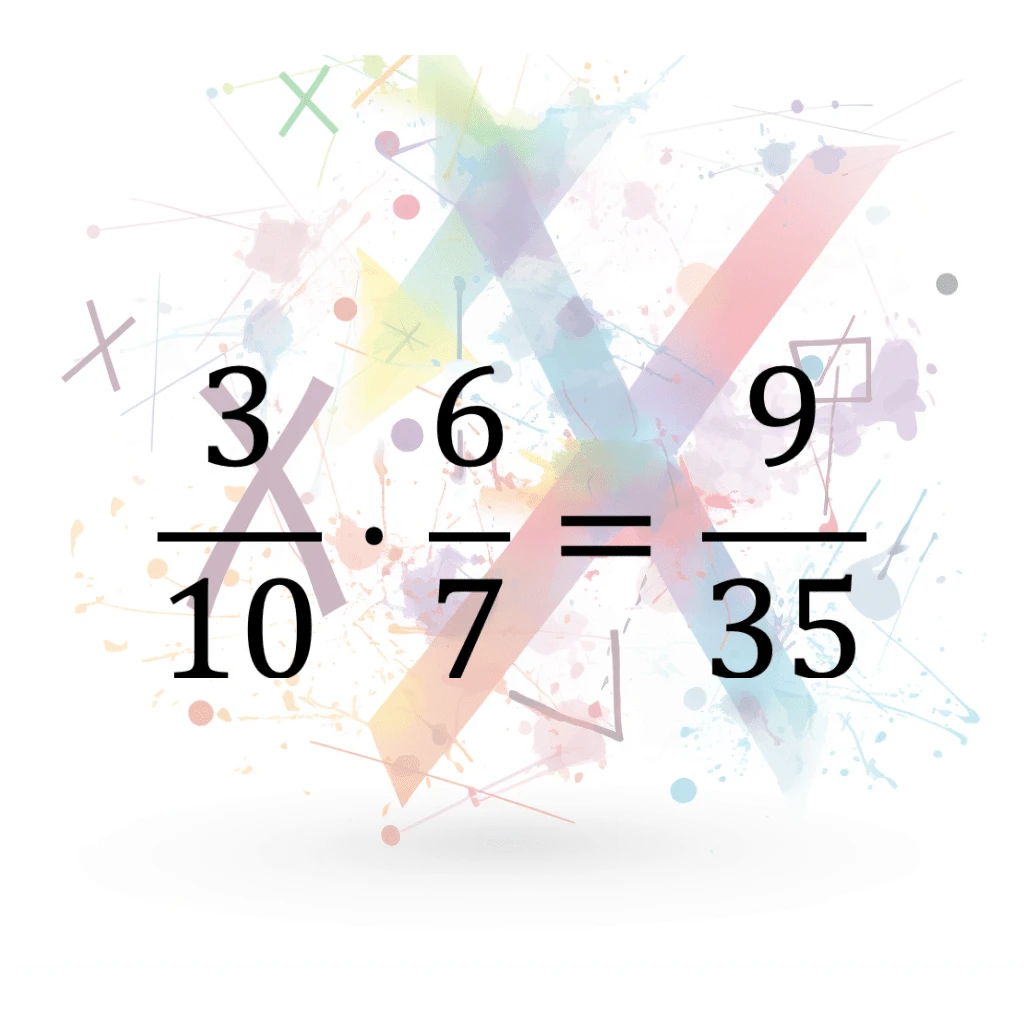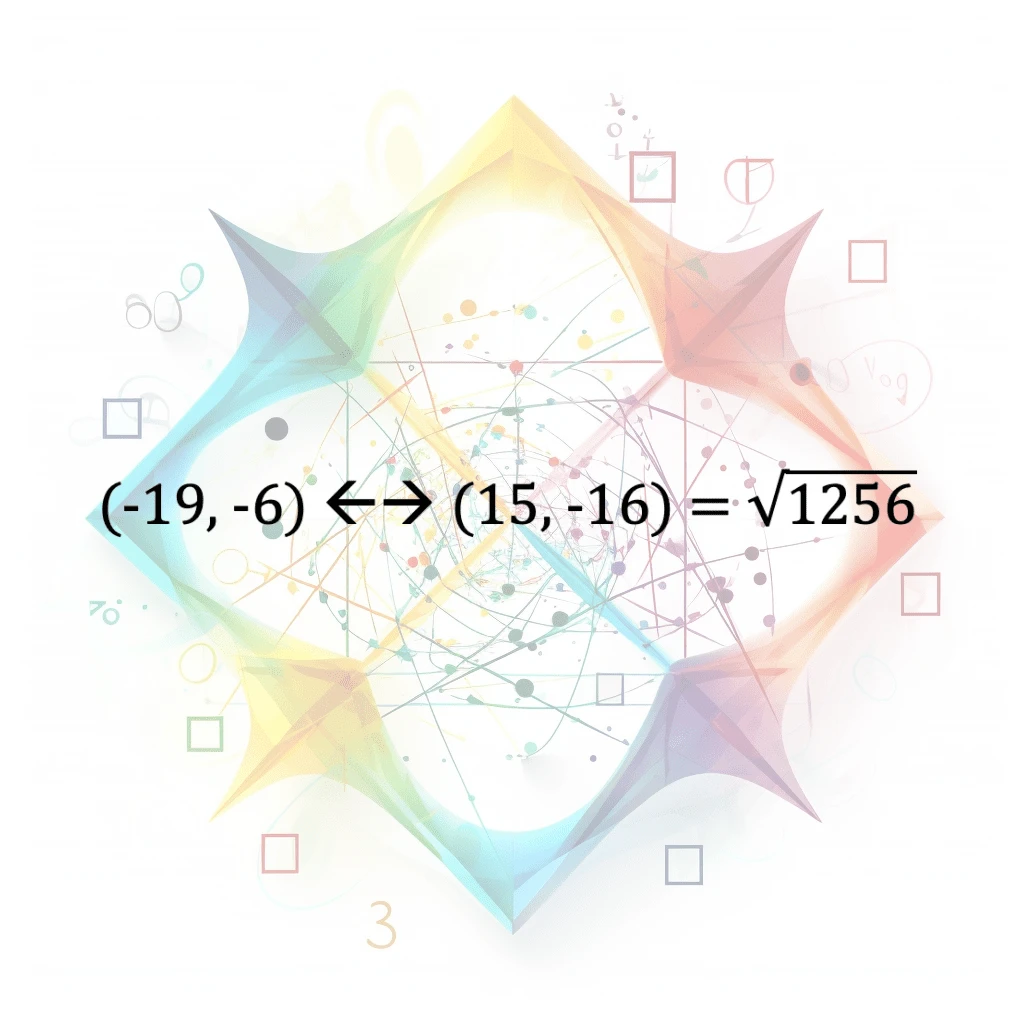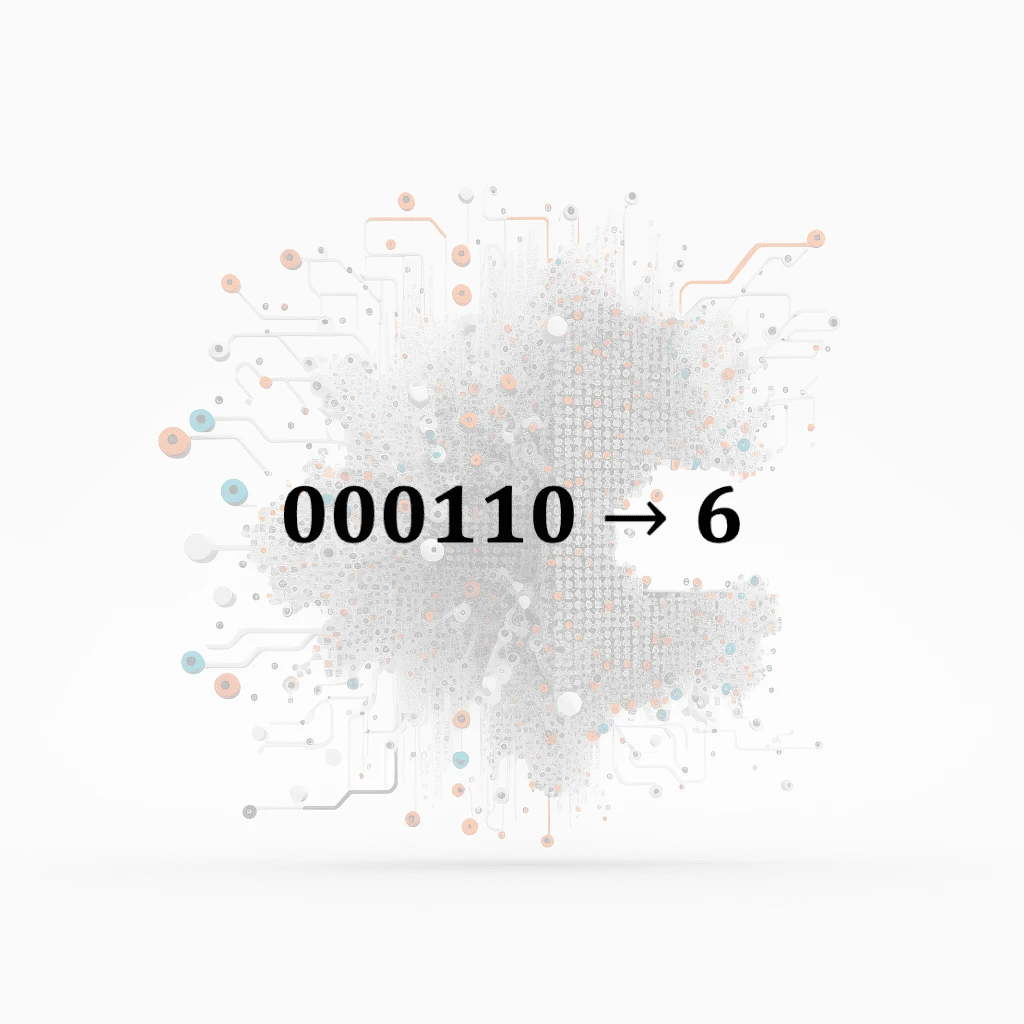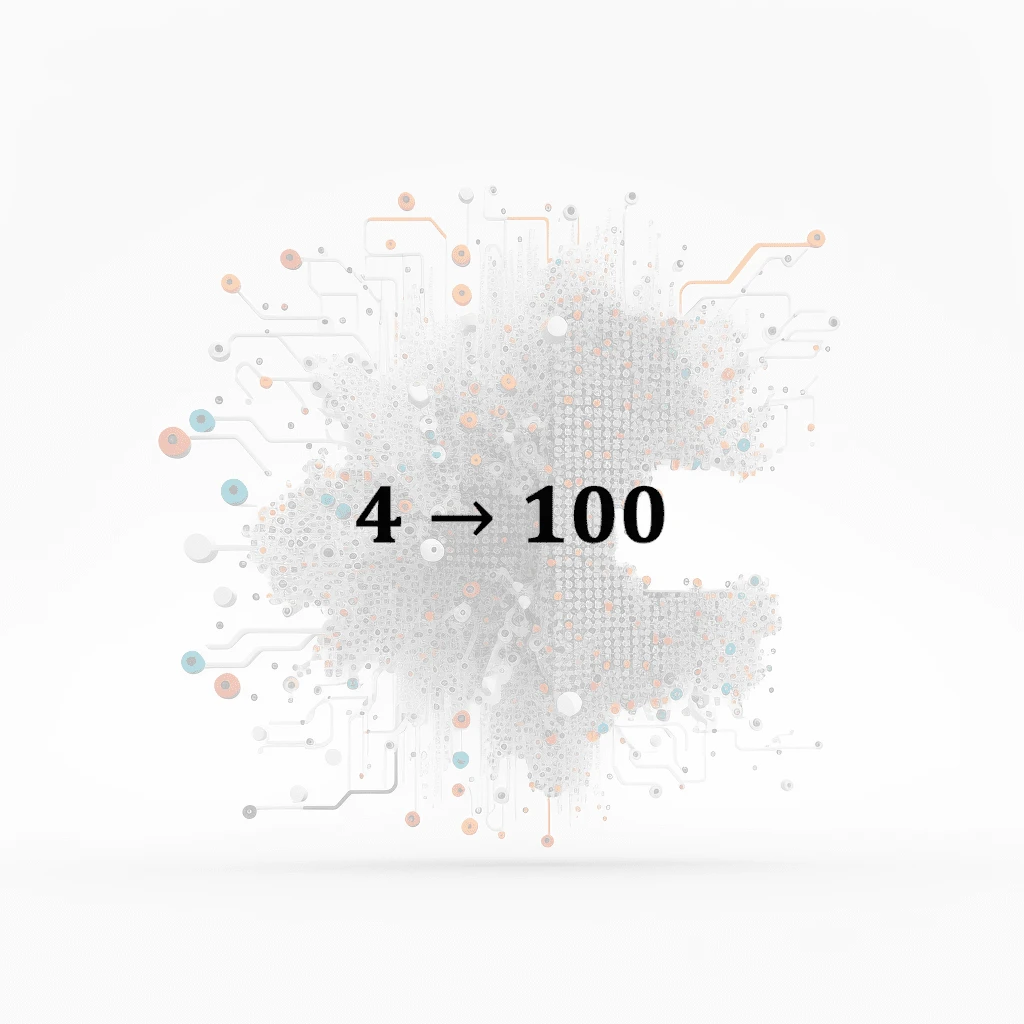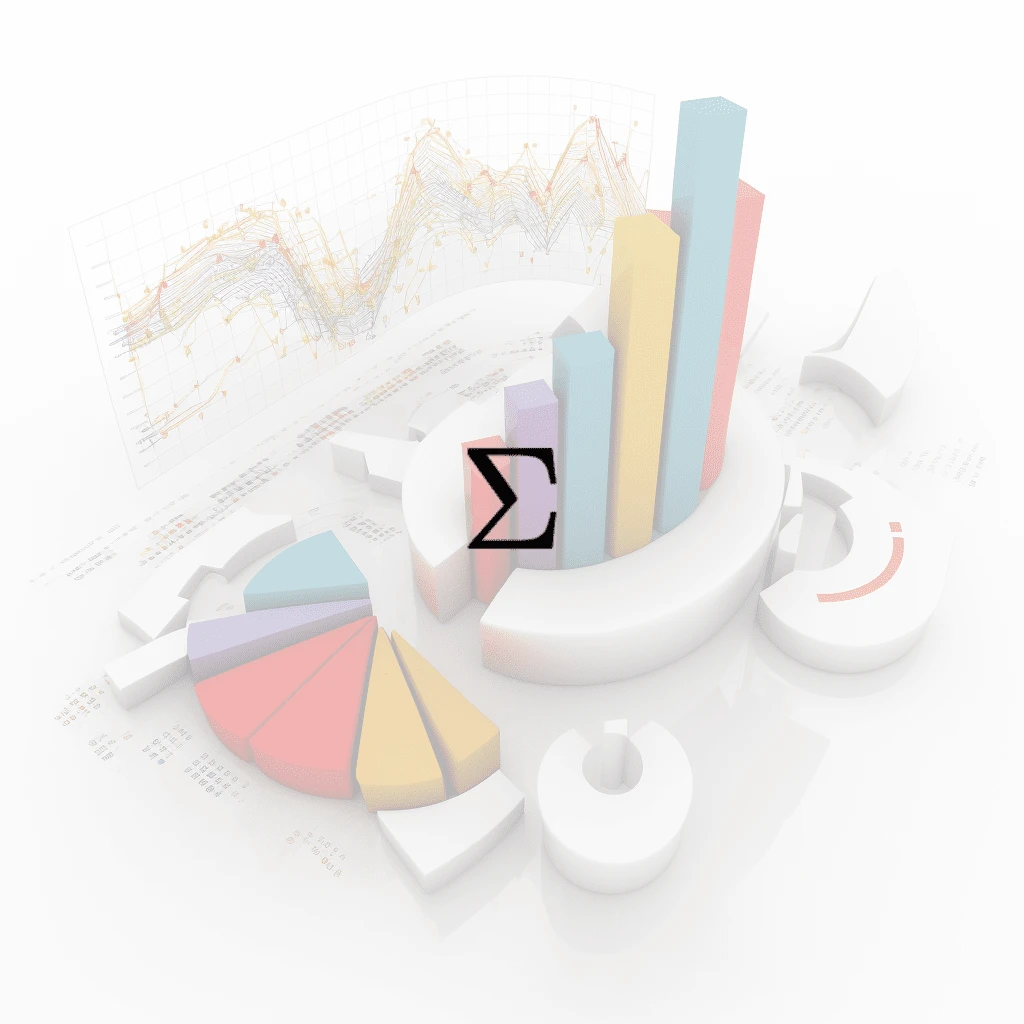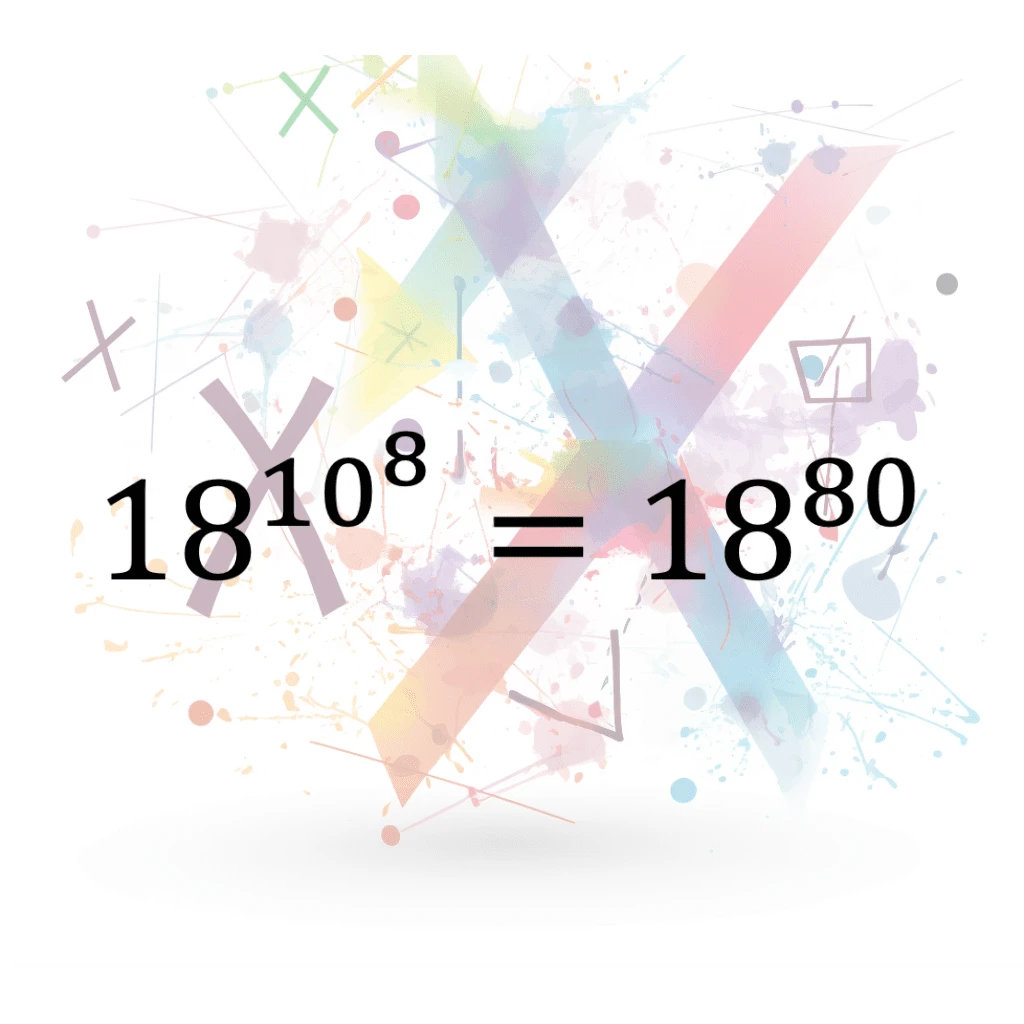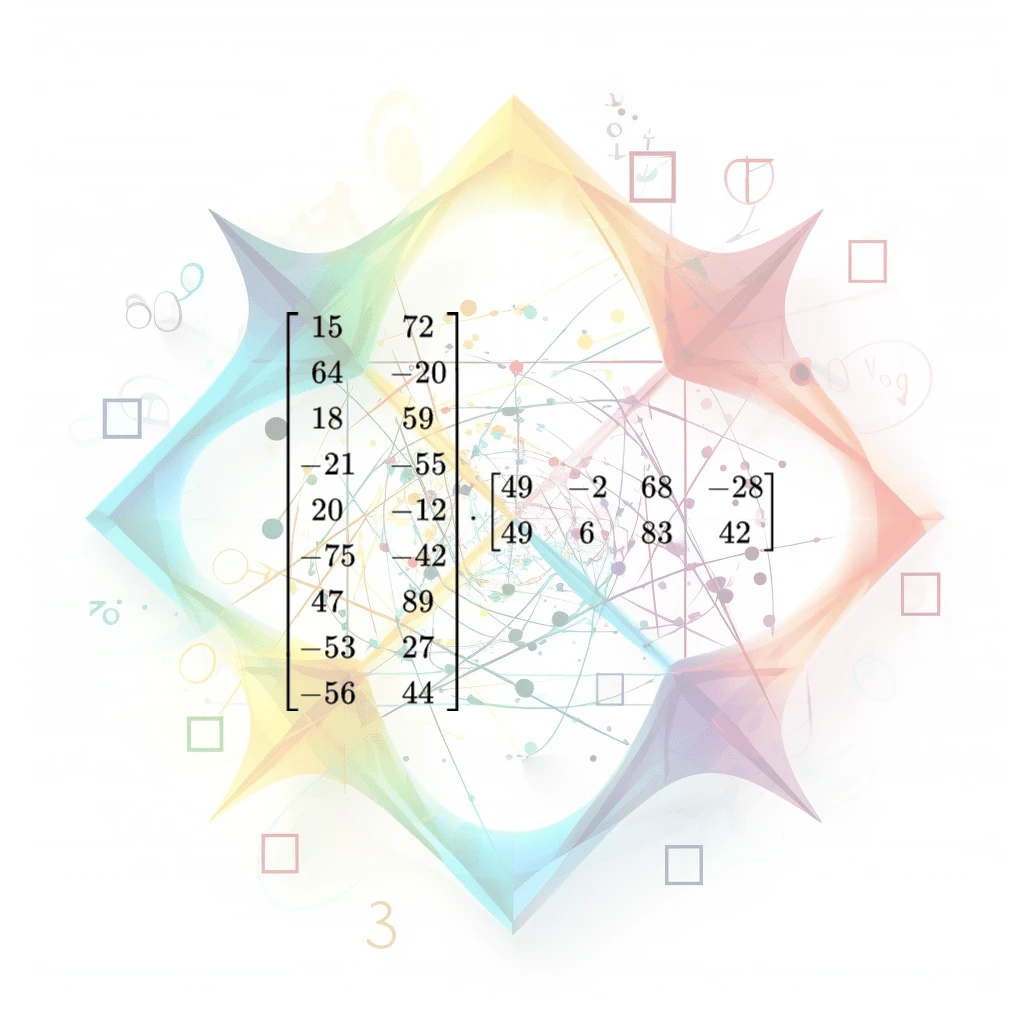Subtraction
Subtraction is when you take away one number from another number to get a smaller number. For example, if you subtract 2 from 5, you get 3.
Addition / InLine
Addition is when you combine two or more numbers together to get a bigger number. For example, if you add 2 and 3, you get 5.
Subtraction / In Line
Subtraction is when you take away one number from another number to get a smaller number. For example, if you subtract 2 from 5, you get 3.
Multiplication
Multiplication is when you add a number to itself a certain number of times. For example, if you multiply 2 by 3, you get 6, because 2 + 2 + 2 = 6.
Addition with a missing digit
Subtract the known number from both sides of the equation to find the value of the missing digit
Subtraction with a missing di…
Add the known number to both sides of the equation to find the value of the missing digit.
Absolute Difference
The absolute difference is the positive difference between two numbers. For example, the absolute difference between 5 and 3 is 2, because the difference between them is 2 and it's positive.
Addition Decimal
Addition with decimals involves combining numbers that include fractional or decimal parts to find their sum.
Subtraction Decimal
Subtraction with decimals is the process of finding the difference between two numbers that have decimal points. It is used when we need to subtract quantities that include fractional or decimal part…
Multiplication / In Line
Multiplication is when you add a number to itself a certain number of times. For example, if you multiply 2 by 3, you get 6, because 2 + 2 + 2 = 6.
Multiplication Decimal
Multiplication with decimals involves multiplying two or more numbers that have decimal points. It is used when we need to find the product of quantities that include fractional or decimal parts.
Division Decimal
Division with decimals involves dividing one number by another, where one or both numbers have decimal points. It is used when we need to find the quotient or the result of dividing quantities that i…
Is Composite
A composite number is a number that has more than two factors. For example, 10 is a composite number because it has factors of 1, 2, 5, and 10.
Valid Triangle
A triangle is said to be valid if the sum of the lengths of any two sides is always greater than the length of the third side.
Third Angle Of Triangle
The third angle of a triangle is the measure of the angle opposite the third side of the triangle.
Complementary And Supplementa…
Complementary angles are two angles whose sum is 90 degrees, while supplementary angles are two angles whose sum is 180 degrees.
Multiplication with a missing…
Divide both sides of the equation by the known number to find the value of the missing digit.
Fraction To Decimal
Converting a fraction to a decimal means expressing a fraction in terms of a decimal point. For example, if you convert 1/2 to a decimal, it equals 0.5.
Compare Fractions
Comparing fractions means deciding which fraction is bigger or smaller. For example, if you compare 1/2 and 1/4, you can see that 1/2 is bigger because it represents half of something, while 1/4 repr…
Fraction Multiplication
Multiplying fractions means making something bigger by multiplying it by a fraction. For example, if you multiply 1/2 by 2, you get 1, because 1/2 of something multiplied by 2 equals the whole thing.
Distance Two Points
The distance between two points in a two-dimensional coordinate system can be calculated using the distance formula, also known as the Euclidean distance. The distance formula is given by: d = sqrt((…
Binary To Decimal
Binary to decimal conversion is the process of converting a binary number to its equivalent decimal (base 10) representation. This involves multiplying each bit of the binary number by the correspond…
Decimal To Binary
Decimal to binary conversion is the process of converting a decimal number to its equivalent binary (base 2) representation. This involves dividing the decimal number by 2 repeatedly and recording th…
Data Summary
The mean, standard deviation, and variance are measures of central tendency and dispersion that are commonly used to summarize a data set. The mean is the average value of the data set, calculated by…
Area Of Triangle
The area of a triangle is the measure of the amount of space inside the triangle.
Power Of Powers
Power of powers is when you raise a number to a power and then raise the result to another power. For example, if you have 2 to the power of 3, and then raise that result to the power of 2, you get 6…
Matrix Multiplication
A mathematical operation that combines two matrices to produce a third matrix. Involves multiplying the elements of the rows of the first matrix with the corresponding elements of the columns of the …
© 2023 AI MATH COACH
